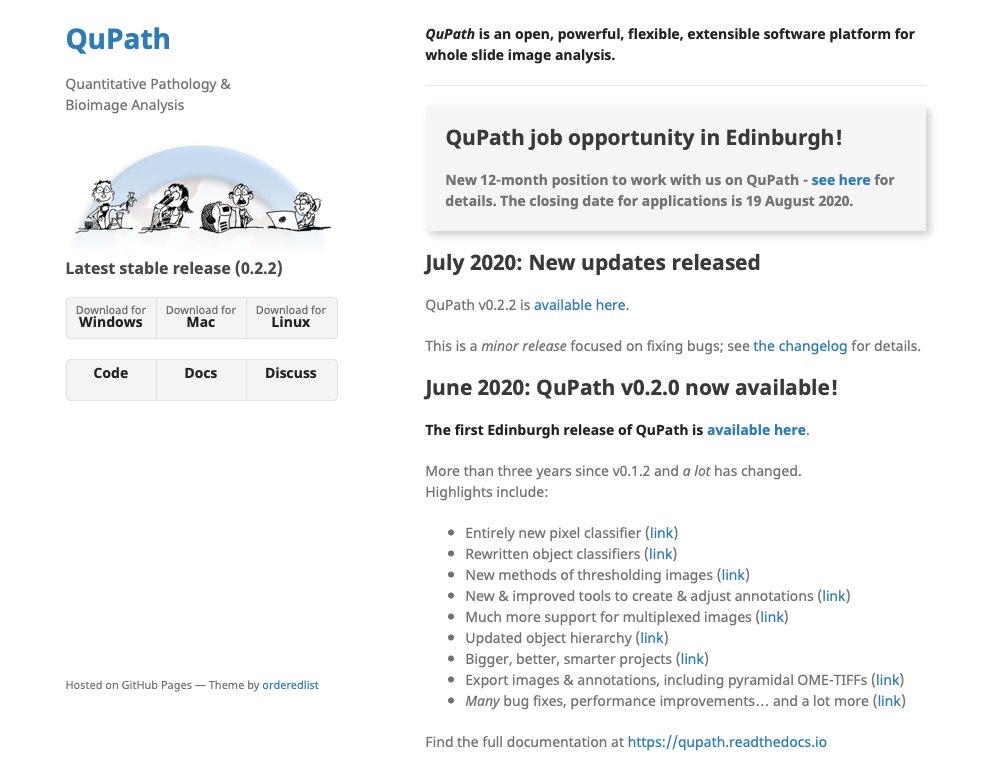
If you want to learn about #bioimageanalysis I've written a free & open textbook that tries to help:
bioimagebook.github.io
Thanks to the wonder of @ExecutableBooks & other modern magic it's not quite like a normal book... (thread)
@OpenEdEdinburgh @NEUBIAS_COST @BioimagingNA
bioimagebook.github.io
Thanks to the wonder of @ExecutableBooks & other modern magic it's not quite like a normal book... (thread)
@OpenEdEdinburgh @NEUBIAS_COST @BioimagingNA
First, the book tries to cover the main concepts, independently of any software, in a practical way.
This includes common pitfalls & problems, like data clipping, that can doom analysis from the start (2/n)
This includes common pitfalls & problems, like data clipping, that can doom analysis from the start (2/n)
It also includes tricky stuff important for a lot of microscopy image analysis, like noise distributions & the signal-to-noise ratio... (3/n)
...and a whole lot of image processing techniques, including filters, thresholds, morphological operations & other image transforms.
I've tried to not just explain how a technique works, but to give an intuition for what's going on - and warnings about what to look out for (4/n)
I've tried to not just explain how a technique works, but to give an intuition for what's going on - and warnings about what to look out for (4/n)
And I've included questions, because I find it useful to test my understanding of new stuff as I'm reading it (5/n)
I wanted it to work as a coherent course for anyone who wants to read everything from start to finish, but that could take a while.
Fortunately it's all searchable and cross-linked, so it can also be used for reference (6/n)
Fortunately it's all searchable and cross-linked, so it can also be used for reference (6/n)
But it's no use just knowing the concepts, they need to be applied somehow using software.
So there's lots of info about how all these ideas relate to #ImageJ & @Fiji (7/n)
So there's lots of info about how all these ideas relate to #ImageJ & @Fiji (7/n)
Some of this appeared in my old 'Analyzing fluorescence microscopy with ImageJ' handbook - but it has been completely revised & even includes some new changes introduced in ImageJ within the past few weeks (8/n)
There's also a brief introduction to coding using ImageJ macros (9/n)
But I know lots of people who code like using Python, with #numpy, #scipy, #skimage & #matplotlib
So there are some sections on that - written as @projectjupyter notebooks that come alive with @mybinderteam
@numpy_team @SciPy_team @matplotlib (10/n)
So there are some sections on that - written as @projectjupyter notebooks that come alive with @mybinderteam
@numpy_team @SciPy_team @matplotlib (10/n)
But really, the whole thing is written using MyST Markdown and Python as a #jupyterbook - which means you can access the Python code used to generate almost all the figures (11/n)
And, through yet more @ExecutableBooks magic, you can even regenerate figures live through the browser
(Just make sure the code is expanded first...) (12/n)
(Just make sure the code is expanded first...) (12/n)
Anyhow, there will undoubtably be many typos & things to improve.
I plan to keep working on it from time to time, but I hope it's already developed enough to be useful.
It's open under a @creativecommons license - check it out at https://bioimagebook.github (13/n)
I plan to keep working on it from time to time, but I hope it's already developed enough to be useful.
It's open under a @creativecommons license - check it out at https://bioimagebook.github (13/n)
One last thing: I'm building my research group at @EdinUni_IGC - so if you want to join me in trying to make #bioimageanalysis a bit easier, look out for new postdoc/research software engineer positions being advertised very soon (14/n)
And if anyone wants to hear me talk a little bit about the book & a lot more about the #opensource software I'm also developing, please join me for the @QuPath webinar on 25 April
(15/15)
(15/15)
https://twitter.com/petebankhead/status/1514654918077988878?s=20&t=XQ7hcLDey14YCBdw1pCcwg
• • •
Missing some Tweet in this thread? You can try to
force a refresh




